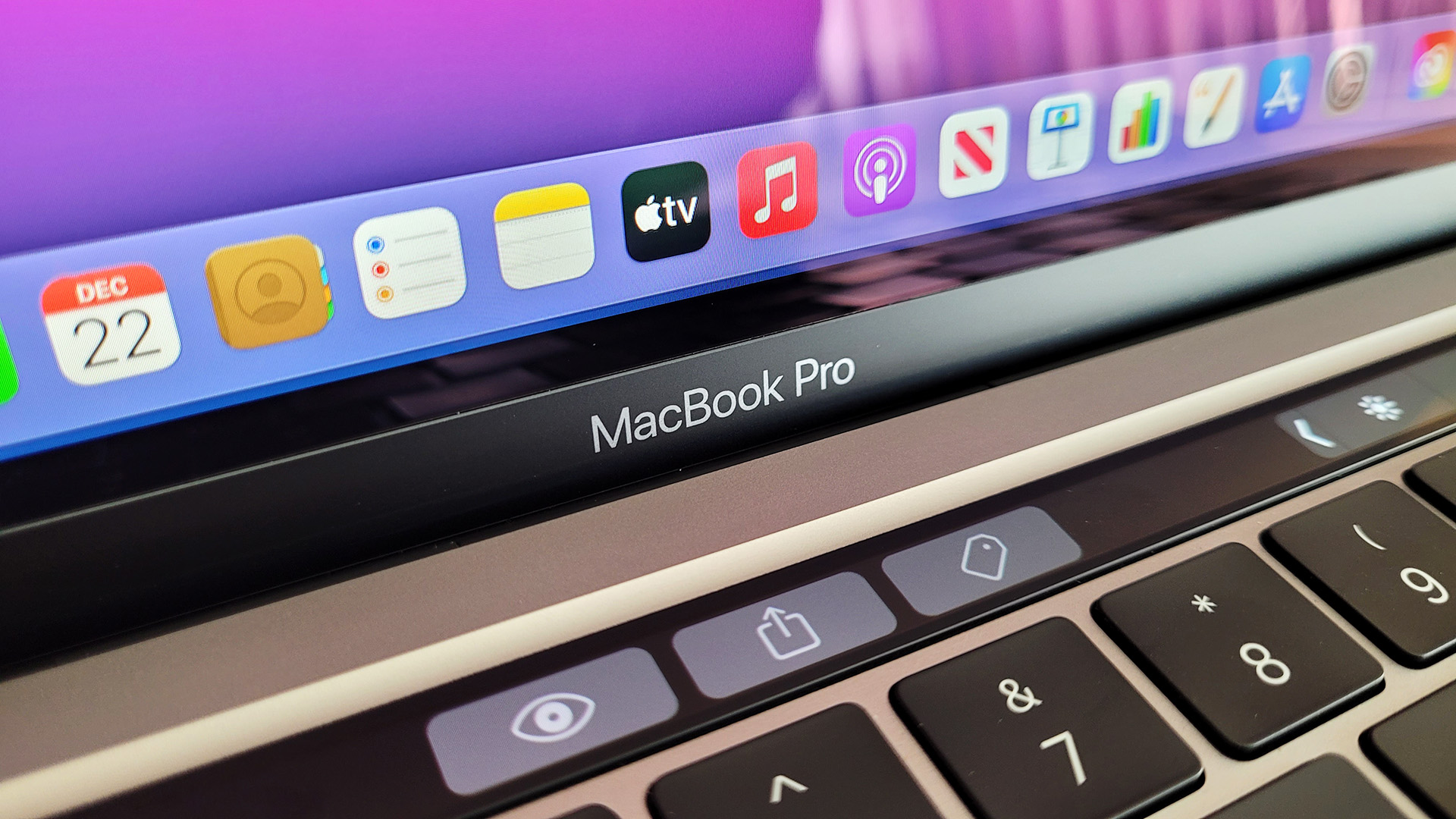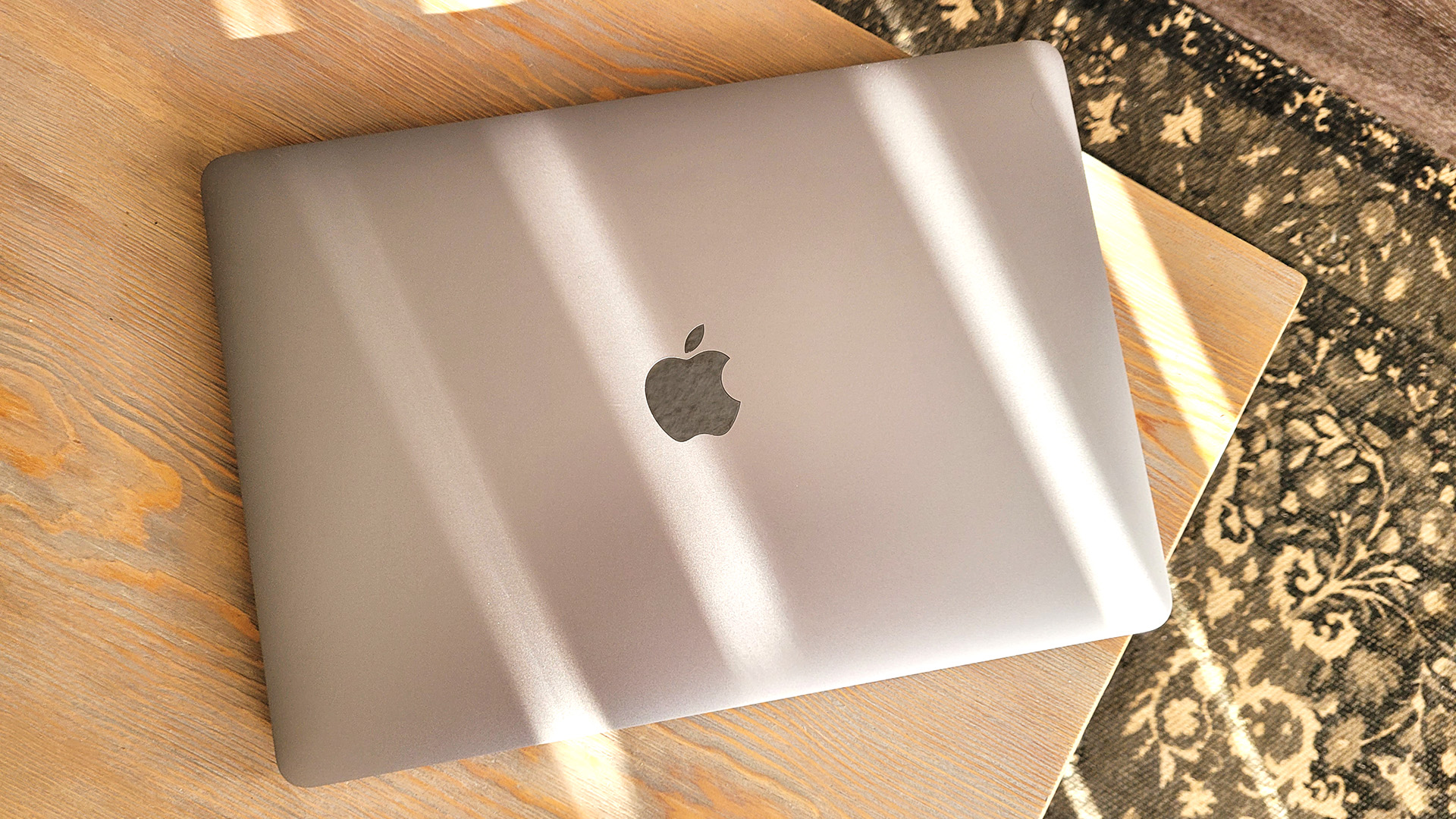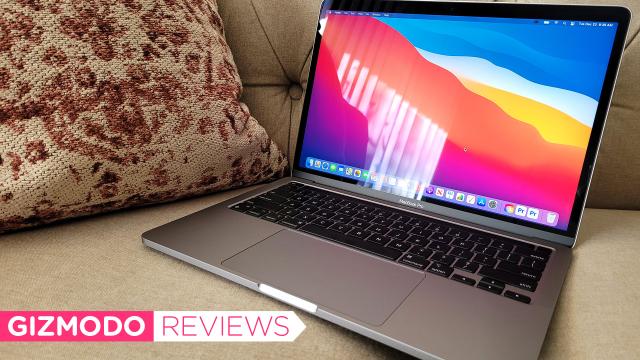It’s a good time to be a Mac user. The MacBook Air, Mac Mini, and MacBook Pro all have a stellar new processor that’s pretty damn zippy with native ARM apps for the same price as their entry-level Intel predecessors. I do all my work and play on PC, but Apple’s M1 processor has me wondering if I really need a Windows PC for my next laptop. This is the first time in all my years of computing — ever since my dad sat me in front of a keyboard as a toddler — that I’ve ever considered getting a Mac.
There’s a few things about macOS that I’ll have to get used to again, and native app compatibility has a ways to go before I’d officially decide to partially part ways with Windows, but at least I wouldn’t have to buy into the entire Apple ecosystem since many of the apps I use on my PC, like Google Chrome, Microsoft Office, and the Adobe Creative Suite, are also on Mac. I can even game on a Mac now and enjoy it thanks to cloud gaming platforms like GeForce Now and Stadia. It feels like the first time in a long time that Apple is starting to compete against PC manufacturers when it comes to the price and specs of their newest Macs.

13-inch MacBook Pro with M1 (2020)
What is it?
Apple's first MacBook Pro with its M1 processor
Price
Starts at $US1,300 ($1,729) (Reviewed at $US1,900 ($2,526))
Like
Lengthy battery life; you get more for your money compared to last-gen Intel versions; super cool and quiet
No Like
Lack of USB ports; lack of M1-optimised software; still not as competitive as some PC laptops
At its starting price of $US1,300 ($1,729), the new base-model 13-inch MacBook Pro comes with 8GB of DRAM, a 256GB SSD, and a 13.3-inch, 500-nit ISP display. The M1 itself is an 8-core CPU, with four cores dedicated to performance and the other four to power efficiency. There’s also an 8-core GPU and a 16-core Neural Engine — all on the same chip as the CPU. The price goes up from there, depending if you want to add more RAM or get a larger SSD, but even increasing memory and storage capacity on the M1 MacBook Pro is a slightly better deal than getting its $US1,800 ($2,393) or $US2,000 ($2,659) Intel cousins.
A 13-inch M1 MacBook Pro with 16GB memory and a 512GB SSD storage, which is a few steps up from the base model, will cost you $US100 ($133) less than Apple’s identical version with a 10th-gen Intel Core i5 processor. You want 16GB and a 1TB SSD? The M1 model will cost you $US1,900 ($2,526), where the Intel model will cost you $US2,000 ($2,659). The M1 will out perform the 10th-gen Intel Core i5, too.
We benchmarked the hell out of the M1 in a deeper dive here, and found that Apple’s new processor packed a lot more raw and practical performance than the Intel’s 11th-gen Core i5-1135G7. And where it fell behind, it fell behind because the software was running via Rosetta 2 — Apple’s program that translates Intel programs to run on the M1 — rather than natively. Needless to say, the new M1 Macs are a step up from the Intel versions. But it’s easy to compare apples to apples. (Pun intended.) Where the newest MacBook Pro falls short is not just in its current software compatibility, but in price and number of ports compared to what’s typically offered on many Windows-based laptops.
Take the MSI Creator 15, for instance. It’s a content creator-focused laptop similar to the MacBook Pro that can also double as a gaming laptop. The one we reviewed recently came with a 10th-gen Intel Core i7-10875H, an RTX 2060 GPU, 16GB (8GB x 2) DDR4-2666MHz DRAM, 1TB NVMe SSD, and a 15.6-inch 1080p 60Hz touch-screen display — all for $US1,900 ($2,526). Not only are you getting better specs for the price compared to Apple’s 13-inch Intel MacBook Pro, but it’s the same price as the M1 MacBook Pro with 16GB of memory and a 1TB SSD.
That discrete RTX 2060 GPU also blows the pants off Apple’s integrated GPU, too. Looking at gaming performance alone, the RTX 2060 can pull off 70 frames per second at 1080p on the highest graphical setting in Shadow of the Tomb Raider. To get anywhere near the same frame rate with Apple’s M1, you’ll have to play the game at a 720p resolution, and even then the graphics will still need to be on low. That GPU in the Creator 15 makes it more attractive for the price compared to the MacBook Pro — if gaming is important to you.
MSI’s Creator 15 also comes with a lot more ports: Ethernet, SD, HDMI, one USB-A, and two USB-C. One of those USB-C ports is also a Thunderbolt 3 with PD charging. The MacBook Pro has only two Thunderbolt/USB 4 ports. Sure, those support charging, DisplayPort, Thunderbolt 3, and USB 3.1 Gen 2. But the Creator 15 has enough ports to where you don’t need to buy a USB hub like you would with the MacBook Pro. It’s rather annoying to have to use a USB-C to USB adaptor every time I want to plug in a flash drive or use an external mouse. At least USB hubs are cheap these days — unless it’s Satechi’s exclusive Apple USB-C Multiport Pro Adaptor. Then instead of paying around $US20 ($27) you’re on the hook for $US65 ($86).
Very few PC laptops have displays as good as the MacBook Pro’s, though, and the ones that do usually cost between $US2,500 ($3,324)-$US3,000 ($3,989) — more if you go for the fully tricked out version of HP’s ZBook Create G7. But most people aren’t deciding between a Mac and a PC for creative work. It’s usually a fancier screen that adds a lot more to the cost of a creative-focused PC laptop — more than what a MacBook Pro costs, even an upgraded one. Sure, the Windows machine might have some faster hardware and a better GPU, but when a program can run just as fast or faster natively on the M1, none of that matters.

Apple has had its thermal design down pat for years, too. Where Intel’s 10th-gen mobile CPUs can sometimes reach temperatures of 100 degrees Celsius (212 degrees Fahrenheit) and make the chassis uncomfortably warm, Apple’s M1 MacBook Pro feels like it’s not even powered on when it’s been humming away for hours. It’s so nice not to hear fans whirring like a plane getting ready for takeoff when all I want to do is convert a video file.
The battery life is the best I’ve seen in any laptop, too. The MacBook Pro lasted about 30 minutes longer than the Lenovo IdeaPad Slim 7, 18 hours to 17.5 hours. That’s way longer than Apple’s last-gen Intel MacBook Pro that debuted earlier this year, which lasted only 8.5 hours. You’ll never have to worry about finding an outlet near your seat in Economics 101 or at your local coffee shop.
In the past, the MacBook Pro seemed way overpriced for the specs. But from a performance-per-dollar perspective, Apple’s M1 would absolutely justify the price of new Macs — if they weren’t hamstrung by the current lack of software compatibility. Developers who have put out beta versions of their programs, like Adobe with its Premiere Pro, just haven’t yet ported all of their features from Intel to ARM. That will happen slowly but surely, and Rosetta 2 is bridging the gap, but if the software you rely on for your creative workflow can’t take advantage of the M1’s power yet, then the question of whether to upgrade becomes more complicated.
For Mac devotees or PC enthusiasts, throwing money down on a new M1 MacBook Pro is a tough choice. The software will get there, but how long will it take? There’s also the question of how Apple’s own processors will improve over time. As a die-hard PC user, it might take me one more generation to be fully sold on the MacBook Pro’s package, but even if it won me over now, I’d still be paying more for a Mac than what a PC of the same price could get me.
But if you’ve been a MacBook Pro user for years and have been waiting to upgrade, getting the M1 is a no-brainer — especially if you don’t need to wait for certain programs to run natively on Apple Silicon.
READ ME
- Mind-blowing battery life
- Competitively priced compared to Apple’s Intel-based MacBooks, but not so much compared to some PC laptops
- Runs cool, runs quiet
- Somewhat unpredictable how certain apps will run via Rosetta 2
